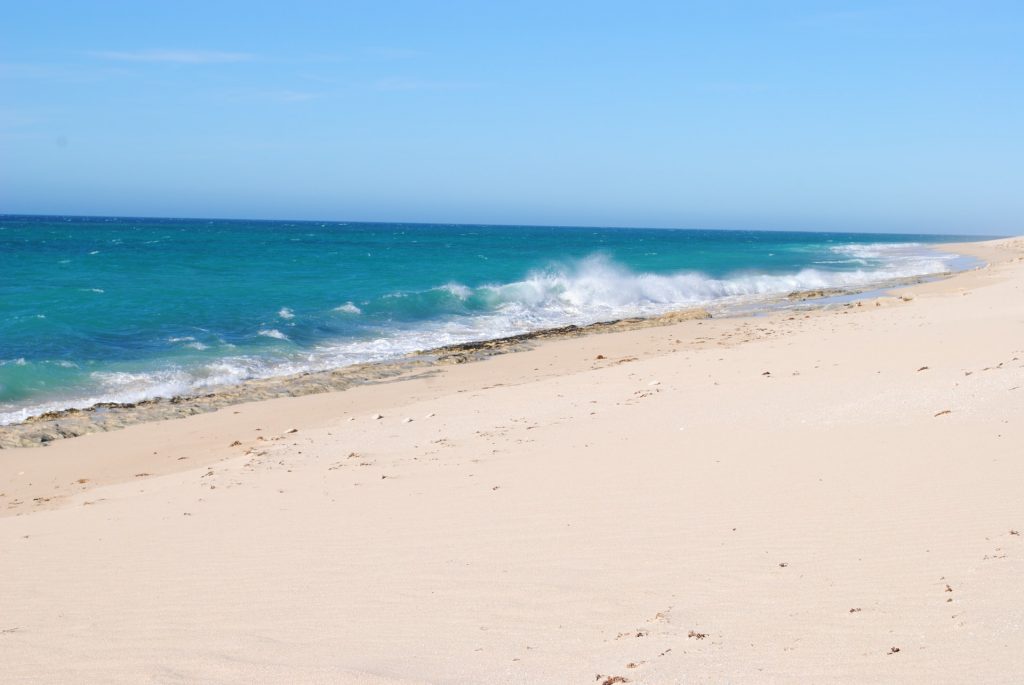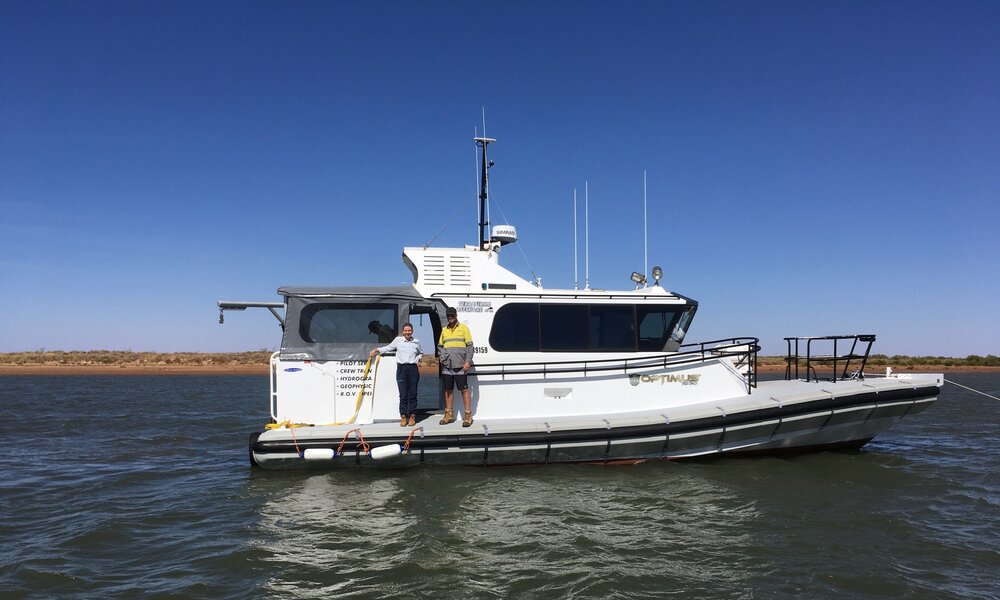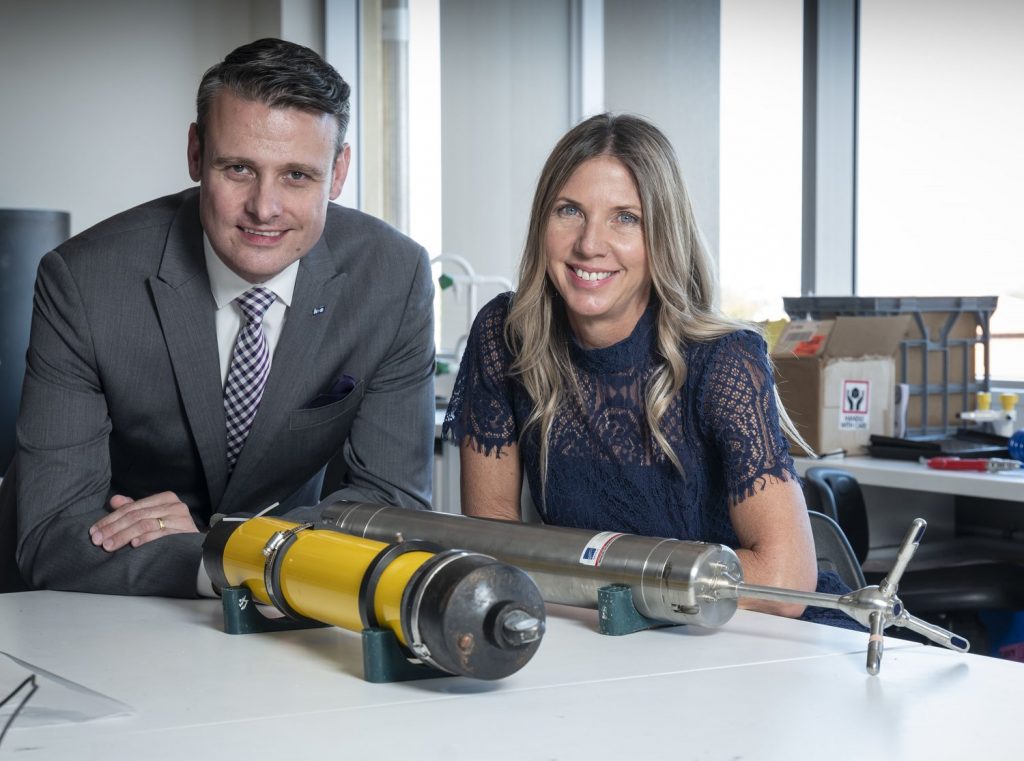Impacts to nutrient pathways, as a result of the proposed Ashburton Salt project, will not be great enough to impact the Exmouth Gulf, new research has found.
The research into nutrient pathways was conducted by Water Technology and peer-reviewed by DHI Water & Environment, an EPA-approved third-party expert, as part of the Ashburton Salt project.
It is excellent news according to K+S Salt Australia Managing Director Gerrit Gödecke.
“While nutrient flows may not be as exciting as whales or dugongs, it is possibly the area most important to research properly and get right,” Mr Gödecke said.
“Even though salt flats may seem dry and lifeless, they form part of a wider wetland ecosystem, which supports algal mats and mangroves and underpins productivity of nearby waters.
“Put simply, nutrients are ‘food for the ecosystem’ so we needed to get the science right to address potential environmental impacts.
“By doing this, we have planned the project in a way that reduces impacts of changed nutrient flow to next to nothing – which is exactly the way it should be.”







